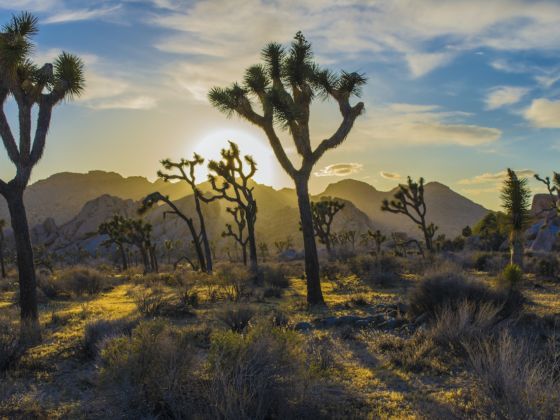I felt incredibly lucky that I had the opportunity to hike a trail used by migrants illegally crossing into the United States. I knew it would be an emotional and eye opening experience. It was part of a day long U.S./Mexico Border Delegation trip arranged by the Arizona nonprofit, Border Links and was the finale of a week long conference for refugee and immigrant service providers and advocates working in the US. Up until this point, I considered myself pretty well informed on the crisis happening just north of the US-Mexico border. I followed all of the statistics and could hold an informed conversation about illegal migration. Actually being on the trail, however, made me almost ashamed of how little I really understood.


5 Things I Came to Understand While Hiking an Arizona Migrant Trail
1. There is no actual trail.
From the second we left our vans, it was clear that we did not want to lose our guide. We hiked for two hours through rocky desert terrain, thick and spiky brush, wide open spaces, and massive patches of Jumping Cholla cacti, at no point in time was there a visible path. Migrants walk for days in these conditions, often wearing through the soles of their shoes, sometimes without shoes at all. We had sunscreen and water bottles and a good night sleep to support us. Migrants typically have none of these. It is the last leg of a very hard and traumatic journey and it has been weeks or months since they have had the chance to sleep in a real bed.
2. People make this trip with barely anything.
They carry very few things with them, maybe a notebook with important English phrases and phone numbers of people they know in the US, a container for water that has been carefully camouflaged so that it has no reflective qualities, a toothbrush, a rosary, a bible, and a change of clothes for when they are about to come in contact with Americans. This is all they carry to start a new life.
3. People die out there.
Lots of people die out there actually. In the past 13 years, the remains of more than 2,000 people have been found in the desert. Most of the found are young men in their late teens and early twenties. There are no doubt many, many more lives lost out there. The brutal desert sun and the thick brush makes it difficult for aid workers to find remains before they completely decompose.
This story was produced through the travel journalism programs at MatadorU.
4. Policy makers knew people would die.
When the US began militarizing the border, crossing into the states went from being dangerous to extremely dangerous. They knew people would inevitably die attempting to make the journey. They counted on this to be a deterrent. The idea was that if enough people died then others considering the journey would chose to stay where they are instead of facing the possibility of death. It has not deterred them, their situations are so desperate that they make the trip knowing that death is a very real possibility.
5. The journey is about hope.
Everyone making this journey is filled with hope that they will survive and be able to make a better life for themselves and their families. Many are hoping to be reunited with their parents. Many are hoping that they will find work to send money back home to support the families they left behind. If they are caught and deported, they will make the dangerous journey again, because this hope is all they have.